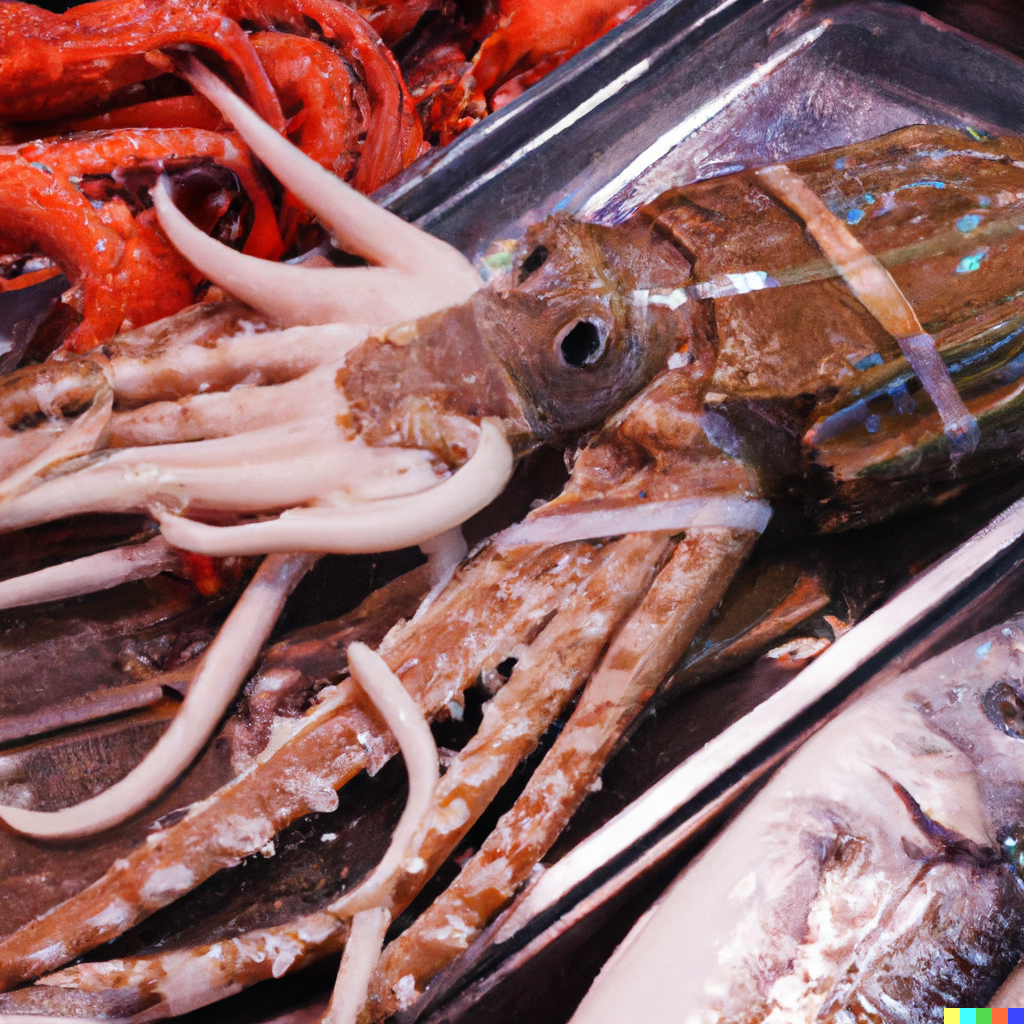Championing Sustainability in the Seafood Industry

Sustainability in the Seafood Industry
The seafood industry plays a vital role in feeding millions of people globally while supporting economies and cultures. However, unsustainable fishing practices threaten marine ecosystems, deplete fish populations, and disrupt oceanic balance. The need for sustainable seafood practices is more urgent than ever.
This article explores the current challenges in the seafood industry, the progress being made, and actionable steps we can all take to support sustainability.
Why Sustainability in Seafood Matters
Protecting Marine Ecosystems
Sustainable fishing ensures marine biodiversity by preventing overfishing and reducing bycatch, which refers to the unintended capture of non-target species like dolphins, turtles, and juvenile fish.
Ensuring Future Food Security
According to the United Nations Food and Agriculture Organization (FAO), over 34% of fish stocks are overfished, endangering future seafood supplies. Sustainable practices ensure that seafood remains available for generations to come.
Economic Stability
Fishing communities worldwide depend on healthy fish populations for their livelihoods. Sustainable fisheries create long-term economic opportunities.
Supporting Global Health
Seafood is a crucial source of omega-3 fatty acids, vitamins, and minerals. Sustainable fisheries ensure continuous access to this essential protein.
Challenges Facing the Seafood Industry
1. Overfishing
Overfishing occurs when fish are caught faster than they can reproduce. This practice has led to the collapse of key species like Atlantic cod and Pacific bluefin tuna.
2. Illegal, Unreported, and Unregulated (IUU) Fishing
IUU fishing undermines conservation efforts, accounting for up to 26 million tons of fish annually, according to the World Wildlife Fund (WWF).
3. Climate Change
Rising ocean temperatures and acidification disrupt fish habitats and migration patterns, putting additional stress on marine ecosystems.
4. Bycatch
Bycatch contributes to significant waste and often includes endangered species. Innovative gear designs aim to reduce this impact.
Advancements in Sustainable Seafood Practices
1. Sustainable Fishing Certifications
Organizations like the Marine Stewardship Council (MSC) and Aquaculture Stewardship Council (ASC) provide certification to fisheries and farms meeting rigorous sustainability standards.
2. Technology in Fisheries Management
Innovations like satellite tracking and AI-powered monitoring help combat IUU fishing and ensure compliance with sustainable practices.
3. Responsible Aquaculture
Aquaculture, or fish farming, now accounts for over 50% of global seafood consumption. Responsible aquaculture minimizes environmental impact by using eco-friendly feeds and reducing pollution.
4. Government and Policy Support
Global policies, such as the United Nations Sustainable Development Goal 14 (Life Below Water), aim to conserve and sustainably use ocean resources.
How Consumers Can Support Sustainable Seafood
1. Buy Certified Products
Look for eco-labels like MSC or ASC when shopping for seafood. These certifications ensure that the product comes from responsible sources.
Explore certified seafood options in our collections:
2. Diversify Your Seafood Choices
Eating underutilized species like mackerel or pollock reduces pressure on overfished species.
3. Ask Questions
When dining out or shopping, ask where the seafood comes from and whether it’s sustainably sourced.
4. Reduce Food Waste
Maximize the seafood you buy by utilizing leftovers in soups, salads, or pasta dishes.
Innovative Projects Driving Change
The Global Dialogue on Seafood Traceability (GDST)
GDST promotes transparency in the supply chain, ensuring consumers know the origins of their seafood.
Fishery Improvement Projects (FIPs)
FIPs bring together stakeholders to address environmental challenges in fisheries, making gradual improvements toward sustainability.
Recipes with Sustainable Seafood
1. Grilled King Crab with Lemon Butter
- Ingredients: King crab legs, butter, garlic, lemon, parsley.
- Instructions: Grill crab legs for 5 minutes, brush with lemon butter, and garnish with parsley.
2. Pan-Seared Salmon with Asparagus
- Ingredients: Salmon fillets, olive oil, asparagus, garlic, herbs.
- Instructions: Sear salmon for 3-4 minutes per side and serve with sautéed asparagus.
Discover more recipes on our YouTube channel.
FAQs About Sustainability in Seafood
Q1: How do I know if seafood is sustainable?
Look for certifications like MSC or ASC, and research the sourcing practices of suppliers.
Q2: Is farmed seafood sustainable?
When done responsibly, aquaculture can reduce pressure on wild fish stocks.
Q3: What are the best sustainable seafood options?
Mussels, clams, oysters, and certified wild-caught fish are excellent choices.
Shop Sustainably
Browse our selection of sustainably sourced seafood:
Conclusion
Sustainability in the seafood industry is essential for preserving marine ecosystems, supporting global health, and ensuring future generations can enjoy the ocean’s bounty. By choosing certified seafood, reducing waste, and supporting responsible practices, we can all contribute to a healthier planet.
Support sustainability by shopping our responsibly sourced seafood collections today!
Also in News

How to Make Sea Bream Sushi With Dry-Aged Tuna & Crab Roll — Step-by-Step With Chef Joshua
A complete guide to making Sea Bream sushi at home, including filleting, curing, slicing, and building a Dry-Aged Tuna & Crab sushi roll. Chef Joshua shares professional tips for restaurant-quality results.

Boiled Crab for Game Night: Everything You Need for a Perfect Seafood Party
Take your game night to the next level with a Boiled crab party. Learn the best recipes, cooking tips, and hosting hacks for a memorable seafood feast.

Boiled Crab for Date Night: A Romantic Guide to the Perfect Seafood Feast
Make your next date night unforgettable with a romantic Boiled crab experience. This guide covers everything you need to know, from ambiance to the best crab varieties.
